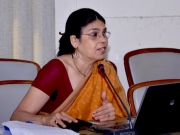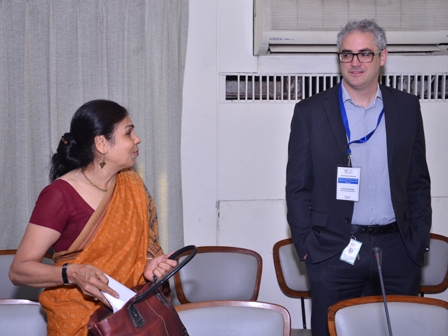Financial Globalization in India: Opportunities, Challenges and Reforms
15 May 2015
Past Event

Since the early nineties, India has cautiously opened up to private foreign capital. While financial openness has increased over time, it is still limited in many dimensions. Gross Capital Flows as a percentage to GDP, a measure of financial openness, peaked in 2007 at 67.4 per cent, from just 15 per cent in the 1990s. Post the global financial crisis of 2008, gross capital flows as a percentage of GDP fell and averaged 49 percent between 2009 and 2013. The overall increase in financial openness in India since the 1990s has been associated with higher economic growth and a gradual development of domestic financial markets. However, the impact on macroeconomic discipline has been ambiguous, particularly given the unusual circumstances surrounding the financial crisis of 2008.
NCAER organised a national workshop to discuss the findings of a new research project dealing with the impact of financial globalization in India. Ms Renu Kholi, Senior Consultant at NCAER spoke on Financial Globalization in India: Opportunities, Challenges & Reforms. Saugata Bhattacharya, Senior Vice-President, Business, and Chief Economist, Axis Bank also presented his views in a panel discussion.
The NCAER research project sheds light on three aspects. First, it provides an assessment of the benefits and costs of financial globalization from the Indian experience. Second, it studies exchange rate volatility, including that emerging from unregulated non-deliverable forward markets abroad, based on the cross-country experience, and identifies the key determinants of rupee volatility. Third, it presents a sequenced roadmap for reforms to lower exchange rate volatility while progressing with financial liberalization. This research project has been generously supported by the Foreign and Commonwealth Office of the British High Commission.










